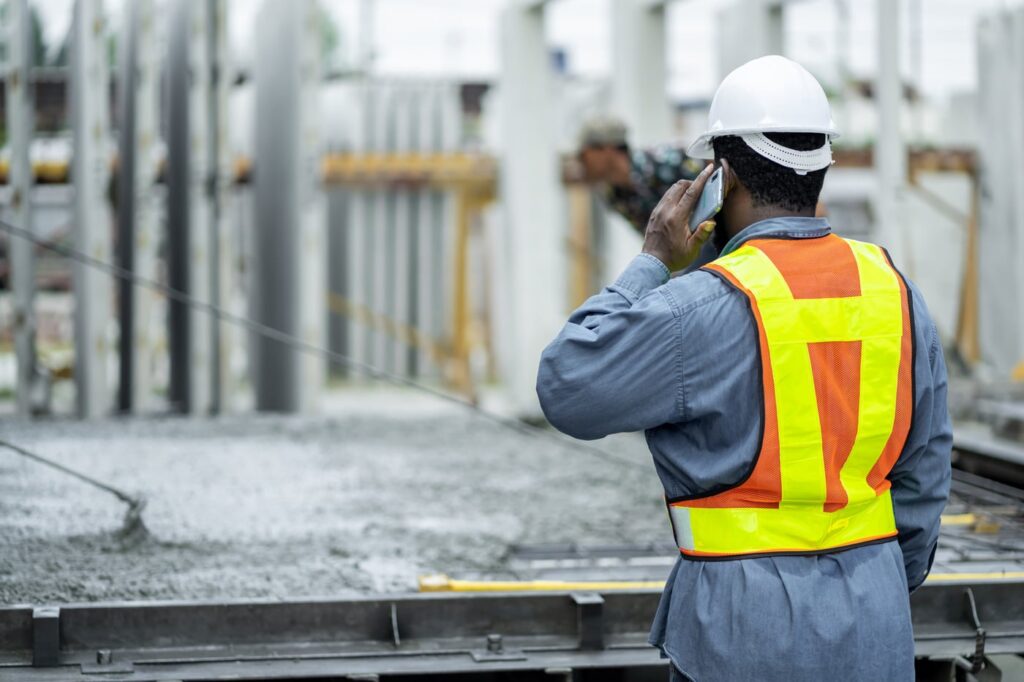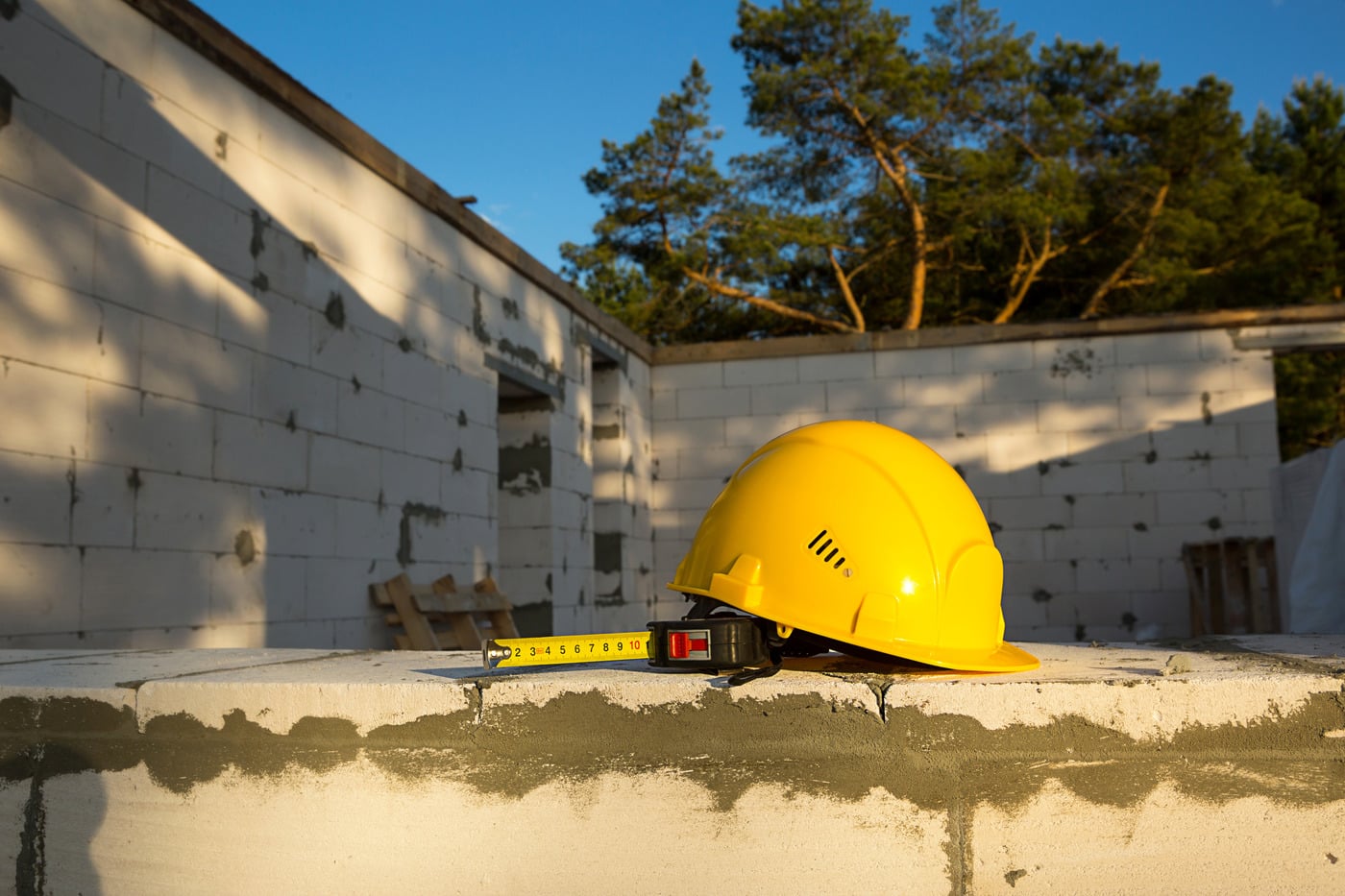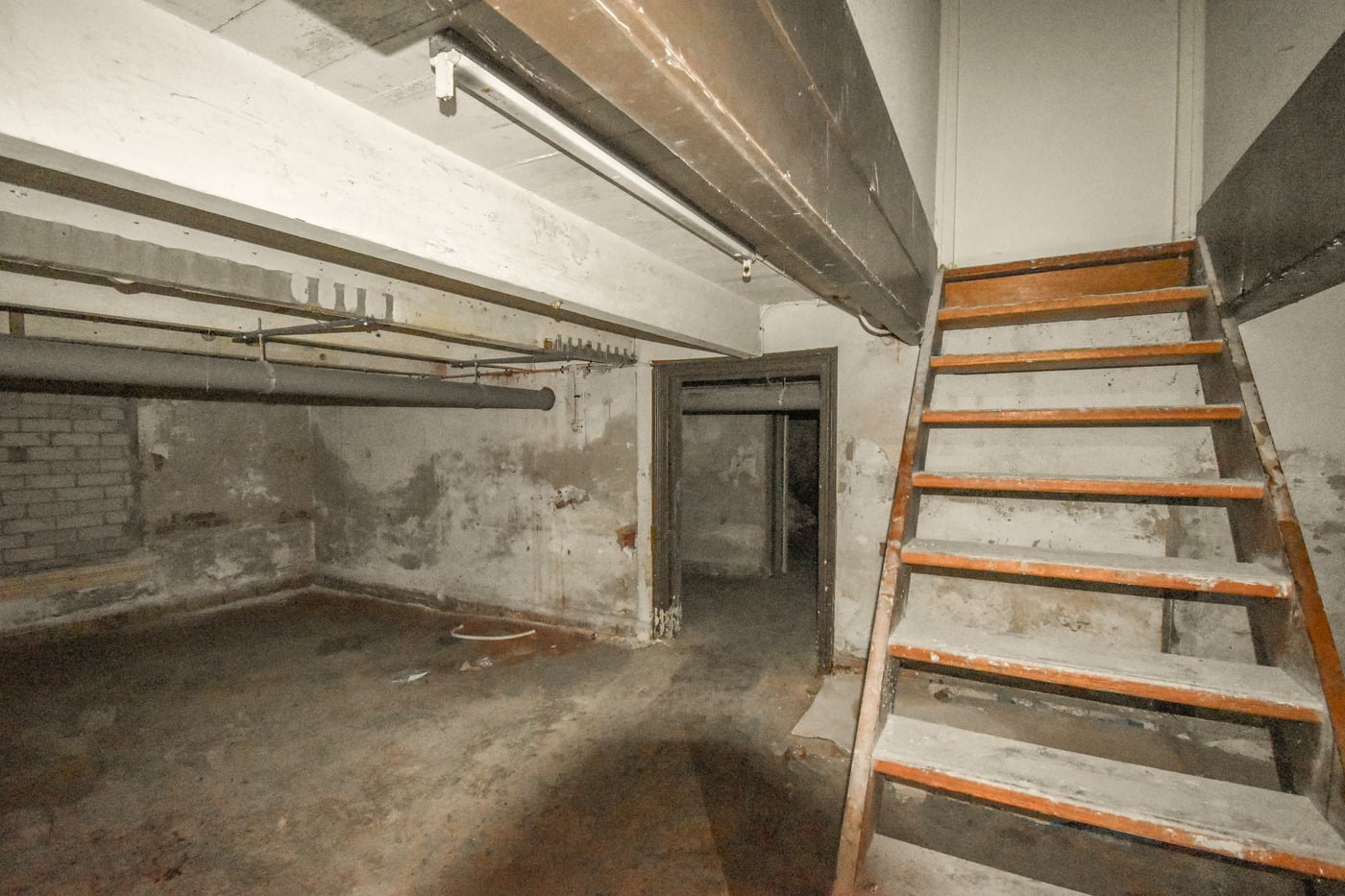The construction business has conquered groundbreaking the absence of the safety standards revolutionized by the security technology of the year 2024 which is completely shaping the safety and risk management environment.
AI-powered surveillance systems, along with smart wearables measuring vital signs, – no longer a past – are the nowadays reality in the construction sector. These amazing new technologies are not only increasing protection for workers but also are the future beginning of a typical construction site.
In this inclusive guide, we will review fifteen of the most modern techs that are setting the new bar of construction security. Whether you are a project manager seeking to enhance the security of the site or a building company owner wanting to create technological safety protocols, we will help you find practical solutions to your operations which can be changed.
Imagine new amazing construction situations, like where IoT gadgets stop accidents before they even happen, where tools that simplify safety protocols are the way of the future, and where data processing systems are implemented. It’s not just some tweaks to the already running engine – technology has completely revolutionizes the sector making it safer and more efficient for all.
Let’s see how these technological developments are transforming the construction site safety landscape in 2024.
Evolution of Construction Site Safety in 2024
The construction industry has taken a new turn in the safety procedures of the workplace for the better which is a positive change.
Gone are the times where hard helmets and a vest used to be the only LTC requirements for safety at the construction sites. These days, technology is the first safety killer.
Let’s consider the way our daily life was transformed by the coming of smartphones. Much like this, prevention protocols for safety at construction sites have changed with the introduction of new construction technology.
The year 2024 has witnessed the first ever perfect blend of artificial intelligence, cloud technologies, and advanced monitoring systems aimed at the creation of safer working environments.
For example, just think of a construction worker entering the site. Initially, their smart helmet connects to the site’s safety network and then starts monitoring their location, vital signs, and warning them at once about allergies in real time.
The change is so much more than acquisition of an array of devices but also about creating all-encompassing safety surroundings where technology and human know-how coexist
Construction companies, therefore, are moving towards their realization that these safety solutions are not only for compliance – it is the very life of their workers they are going to protect instead.
The effect is there. Volume of accident reports for instances of new technology compared to those using the old ones varied from a third to a half.
💡 Key Takeaways: The construction industry’s safety paradigm has had a complete facelift in 2024, with tech playing a key role in creation of secure, and more efficient setups at the sufficiency of tasks.
Digital Transformation in Modern Construction
The construction industry has become a connected entity through digitalization which has become the main change agent in the industry.
Smart Site Integration
Today’s construction sites are a networked ecosystem that is digitally interconnected now. In this way, the construction zone resembles a network where each tool, vehicle, and worker is interconnected through advanced IoT devices.
Smart sensors can now keep track of environmental parameters such as air quality levels and noise levels. If the parameters exceed the safety limits, then the system automatically sends warnings to the project managers.
AI-Powered Safety Systems
Additionally, artificial intelligence is functioning as the mind of these systems. It works with extensive amounts of data in real-time, and this helps it find trends and possible hazards that are likely to turn into major problems.
For instance, AI algorithms have a capability of predicting the failures of spontaneous equipment resulting in the provision of safety, and the prevention of accidents as well as costly downtimes.
Mobile Applications and Digital Tools
Construction workers everywhere can now carry life-saving tools in their pockets. Thanks to mobile apps, workers can instantly get into safety protocol, follow emergency procedures, and receive real-time site updates.
Such applications can be thought of as personal safety assistants. They can check the movements of the workers, determine how fatigued they are, and are even capable of providing the workers with proper escape routes in the time of emergencies.
Cloud-Based Safety Management
Cloud technologies are the existing solution to the problem of safety data storage and distribution. These days, there is no need for project managers to be in the office to review safety metrics, incident reports, and compliance documentation as they can check it out from anywhere in the world.
Thanks to this innovation, the practices and safety of all the job sites will be maintained continuously.
💡 Key Takeaways: The construction sector in the digital era has generated a network of smart technologies that are interconnected to work together for the information transfer and collecting data from the environment through real-time monitoring and predictive capabilities as well.
Conclusion
As we move along our business in 2024, the construction sector to guarantee workplace safety has become the leading edge of technological advancement. The assimilation of advanced devices, including AI-defined surveillance, IoT sensors, and smart wearables, have reshaped traditional construction office spaces into spaces that are intuitive, i.e., they are safer places of work. These advancements not only defend workers but also improve the unit’s productivity and decision-making effectiveness.
Through the adoption of such technologies, construction companies will be able to eliminate most of the potential danger faced by their workers as well as thus, take care of their welfare and maintain safety in their working environment. Monitoring works live, doing predictive analytics and implementing automated safety protocols yields a more inclusive safety ecosystem that protects everyone and at the same time propels the project forward.
Looking ahead, we are pretty sure that the construction industry will undergo significant changes with the cutting toes of technology and the priority given to worker safety. We advise the construction managers and project leaders to be proactive in the applications of such safety innovations. Keep in mind, in construction, technology does not mean staying competitive only; it is also about creating a safer, more efficient and sustainable future for everyone in the construction industry.
FAQ: Construction Technologies Revolutionizing Job Site Safety
- Which kinds of technologies are making construction site safety better?
Wearable devices are including software systems that track worker movements and monitor environmental conditions, drones are using for site inspection, autonomous vehicles and machinery doing earthwork, and wearable devices for workers who are involved in safety checks. - How vesture devices are used to improve job site safety?
Vest computers, helmets, and different gadgets are just some of the many devices that are equipped with sensors that can warn of motion problems, bad moves, and falls. These machines are also capable of real-time alerts if there is any incident that poses a threat to the worker’s safety. Workers can also use wearables to monitor their falls, and their supervisors receive alerts if their fall occurs. Besides, falls are common accidents in construction which require immediate intervention in order to prevent bigger ones. - Is it true that drone technology has really been helpful in improving the safety of construction sites?
Yes. The remote-controlled pilotless aircraft are used for detailed observation of places and measure the safety level of construction sites. This can help to prevent violent incidents so that projects can be implemented in the shortest time, to avoid unnecessary delays, the contractors can ensure that the work is done within the set time frame, the quality of work can be kept at a high standard and the environment can be protected. - How is AI technology making construction sites safer?
AI analyzes the data obtained from the sensors, CCTV and such project management tools which will show the patterns of unsafe behavior or the current situation beyond the limits of the work environment. Based on these, the AI system can either alert the worker on an imminent danger so that he/she can change the work tactics to avoid danger or predict the next steps and raise safety measures to reduce the risks of the accidents occurring. - The latest tech products on construction sites play a crucial role in cost reduction, right?
Naturally. Programs that are designed to take into account safety have a good way to demonstrate future paybacks. This can be achieved through, e.g. the lower insurance premiums, the faster-completion of projects, and thus, the money savings. There may be upfront costs, but in the long run, the financial costs and human health benefits will outweigh the initial costs. - What happens when lower skilled developers have this kind of easy access to code generators and development tools?
The already existing talent gap may widen as the barrier to entry in the technology sector will be lowered from the implementation of computers. However, the code developers may become less needed or will have to learn new skills required by the development of automatic programming tools like artificial intelligence. Moreover, productivity in software development that mostly relied on code generation will increase and the IT sector will experience the largest reduction in workforce size. - Why do dev teams still face threat and meet the challenge of dependency pollution?
Correct! The dev teams are securely done by most modern enterprises and the dev teams spend most of their time on code development. Nevertheless, there is also a good chance that a team may be made up of developers who regularly use reusable or self-sufficient packages that foster easier development which again imporves teamwork build and increase the velocity of the project. - Can enterprise IT companies outsource at least some of their dev work instead of hiring new employees?
Agreed. By outsourcing, a company is expected to receive expert services because the resources hired are highly qualified and experienced in the technology sector. Although, there is less control over the quality of the code and there may not be continuity between shifts, this variation among the work team can actually broaden the knowledge and creativity of the team. - What are the opportunities of a developer when it comes to code auto generation-a notion that stands in contrast to the classic method of software development?
First of all, the automation of code generation brings a tremendous innovation in the art of software development. Specifically, the conceptual boundaries of what can be done become rather blurry, as we now can enjoy the luxury of programs that are able to develop themselves by only being fed with the necessary logic. More of these tools will be released and they will distinguish well between simple coding and those that require code generation for the operations. - What is the function of code generation in AI-based software?
Certainly, code generation becomes a step that is getting more and more automatic. Actually, about 60% of the programming is done at the code level and the tools do the rest of the code generation. A noticeable effect of this is a significant decrease in the skill prediction error rate for AI driver facing systems










